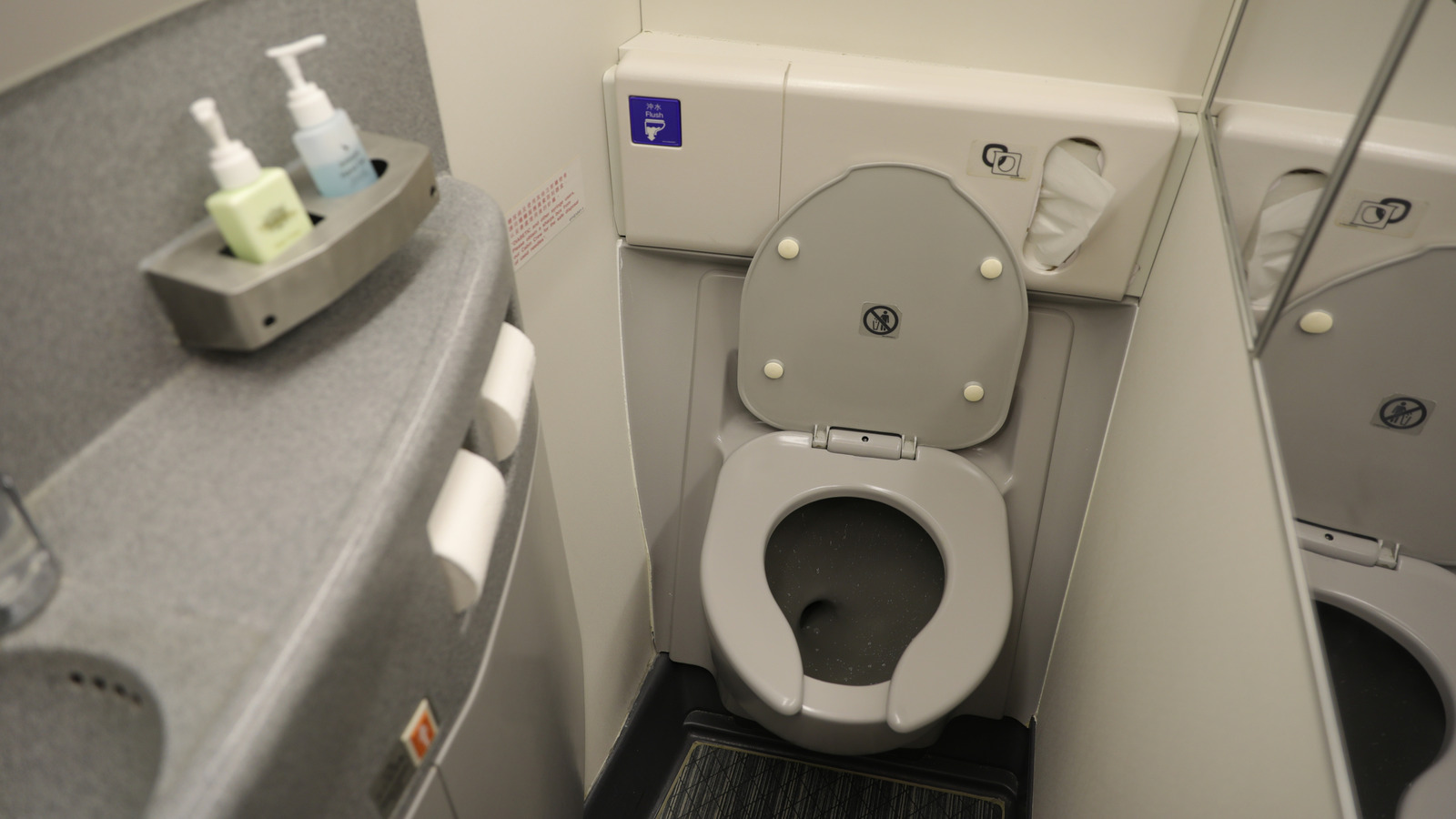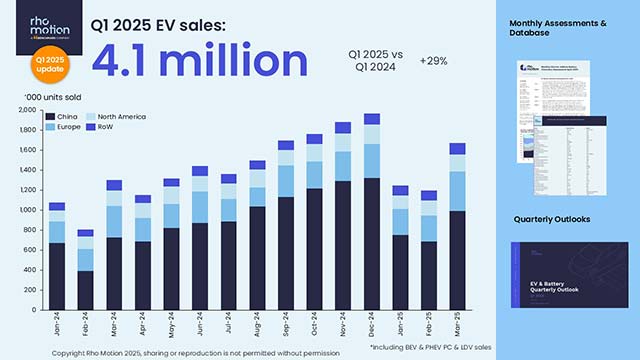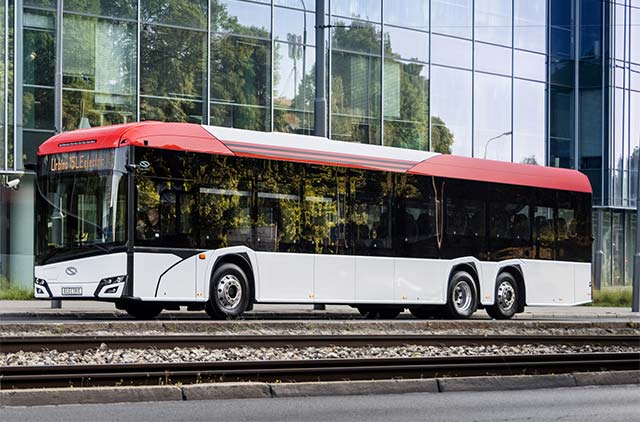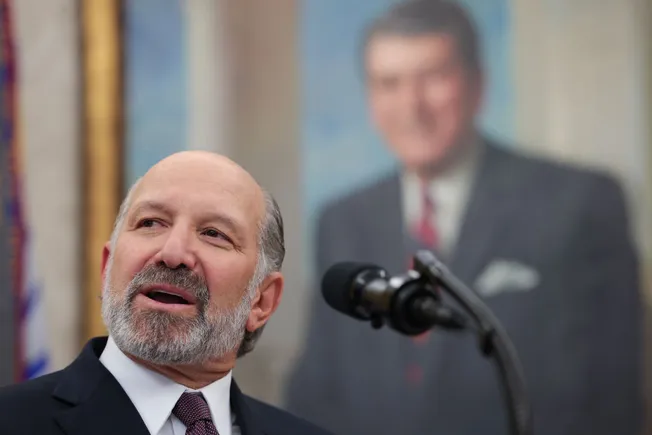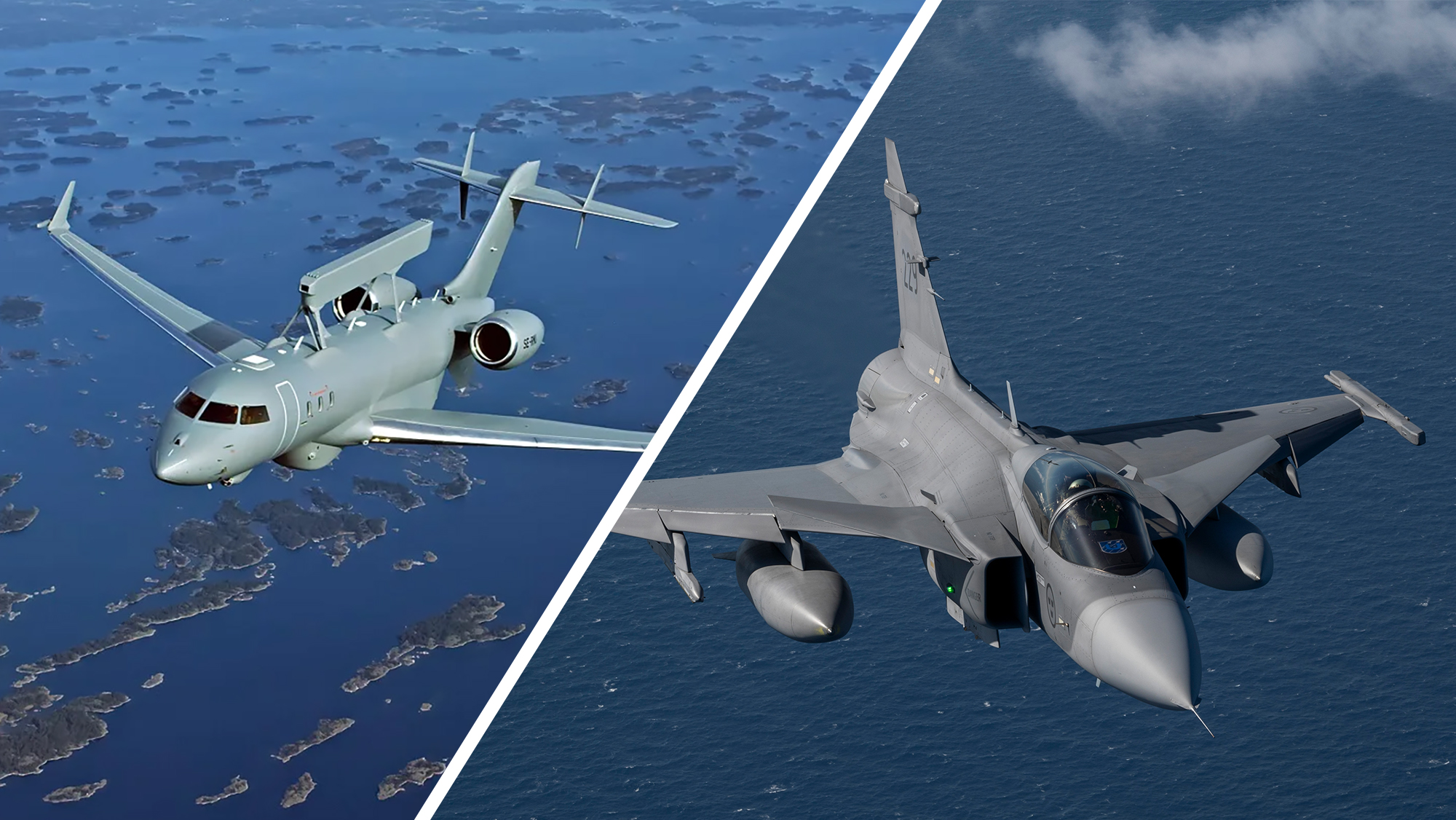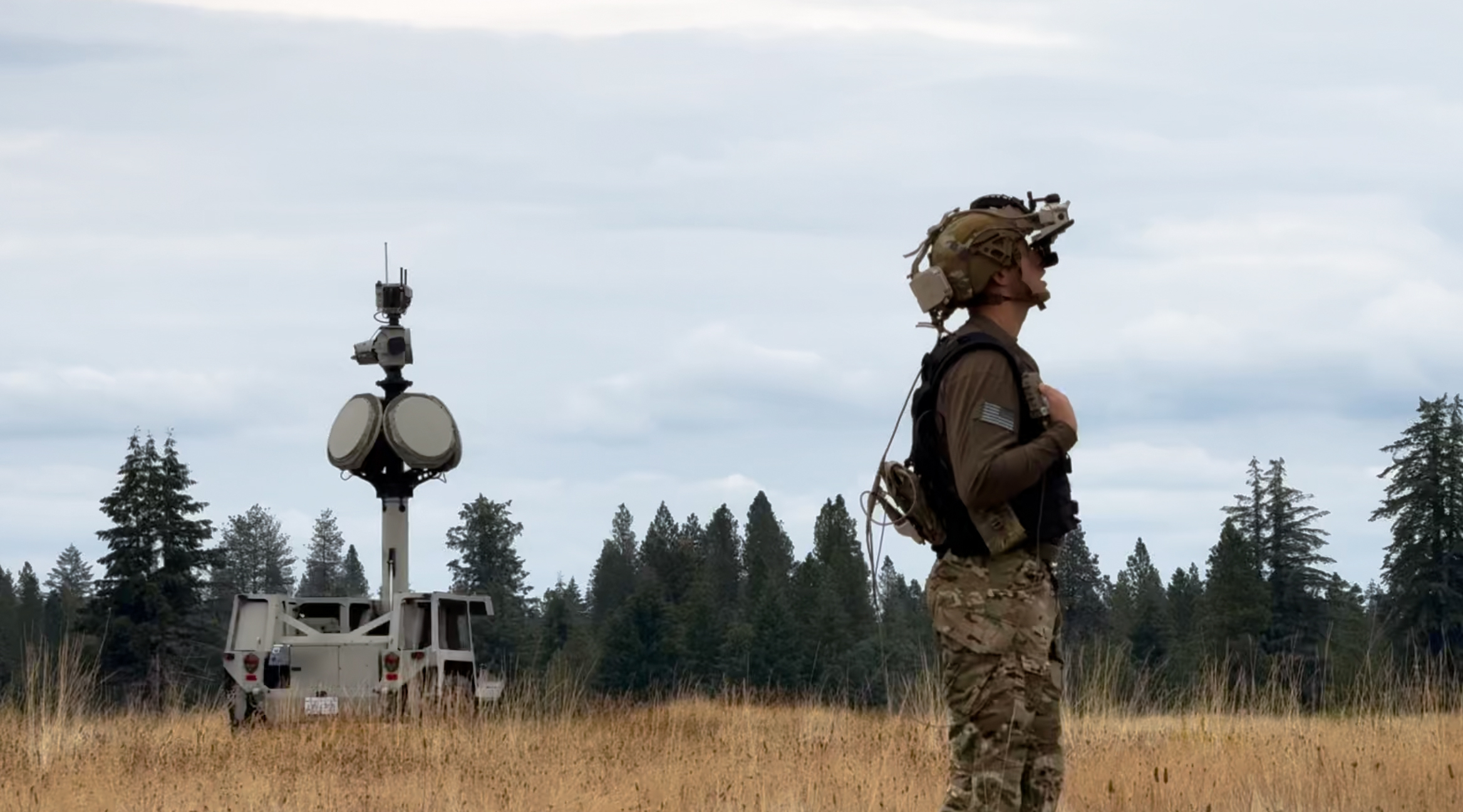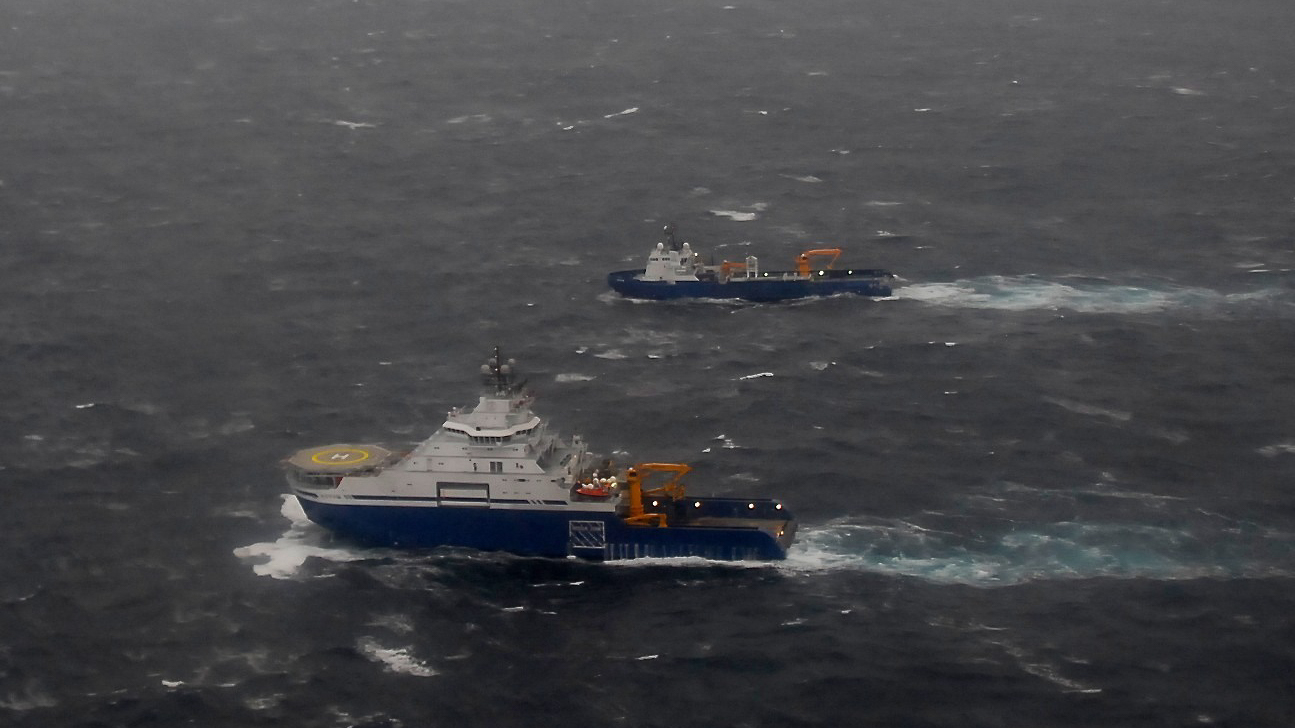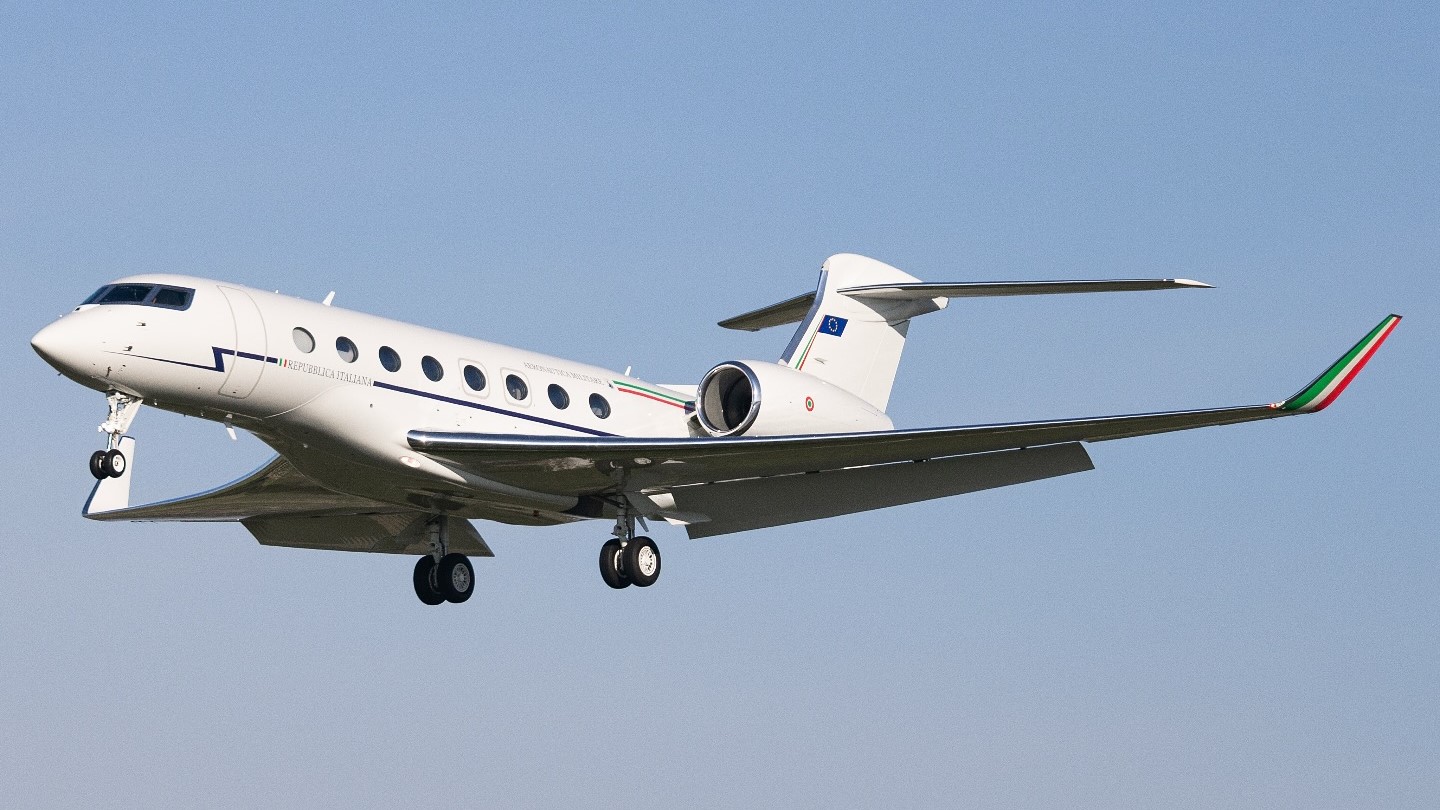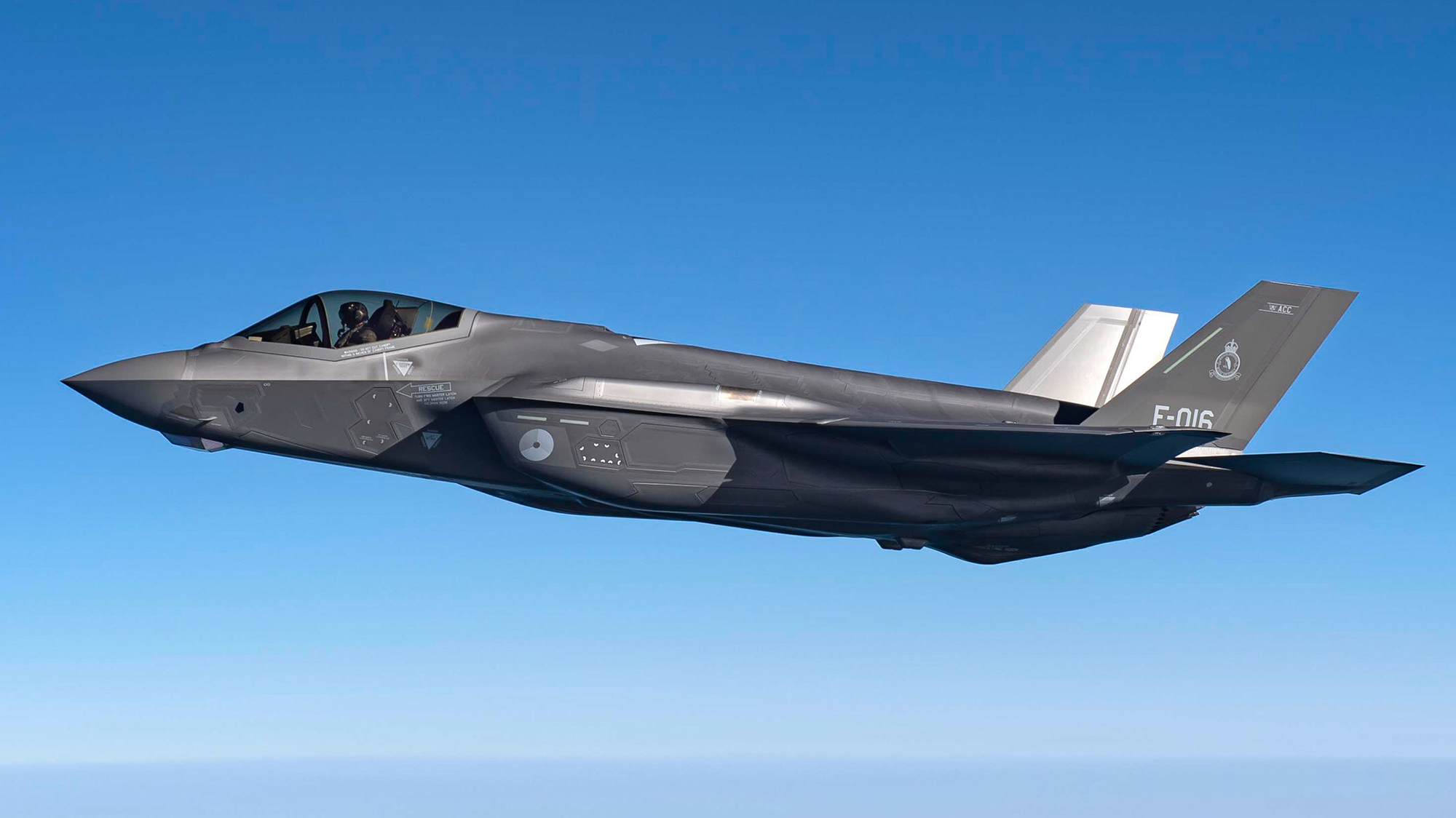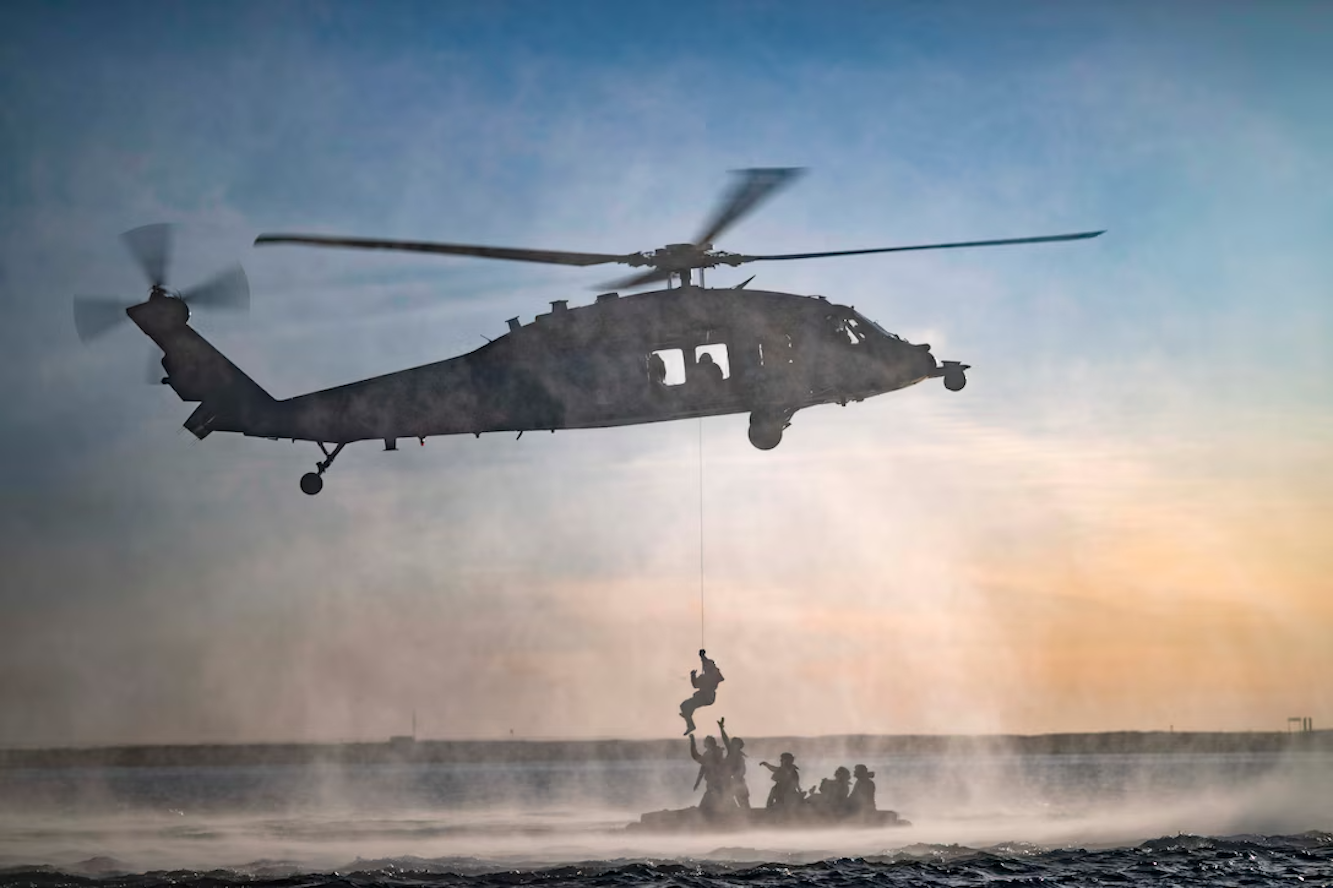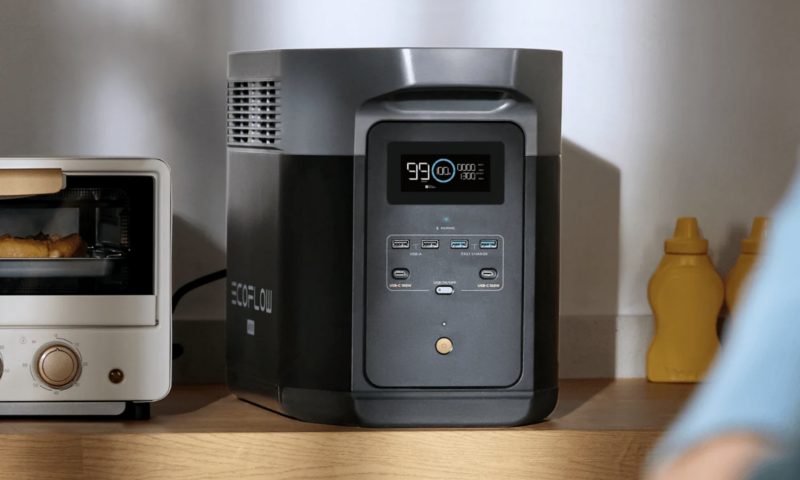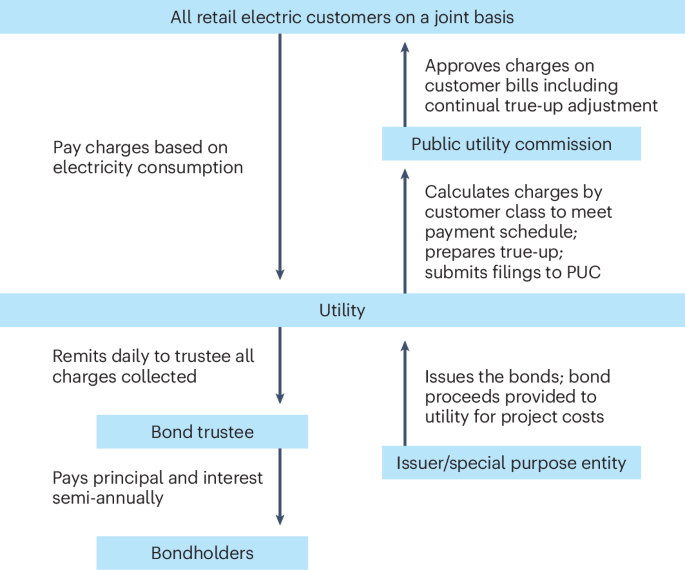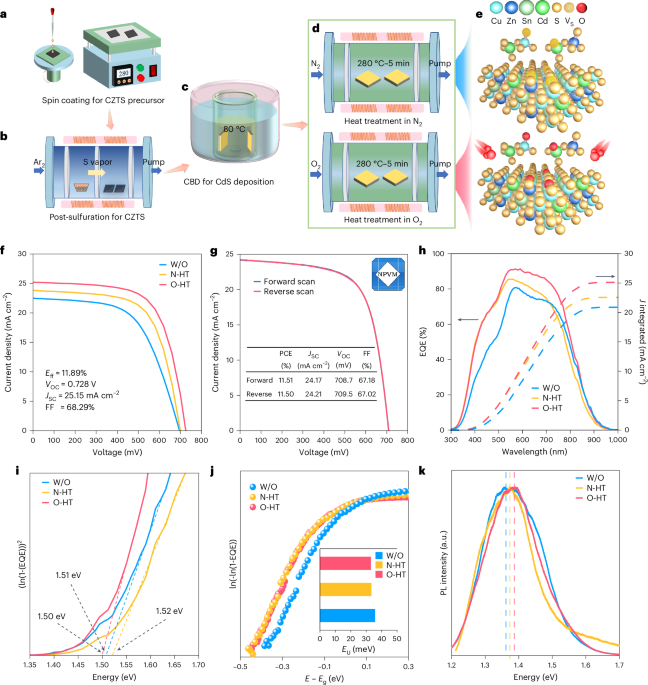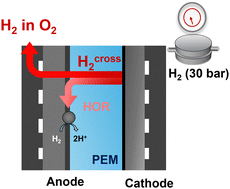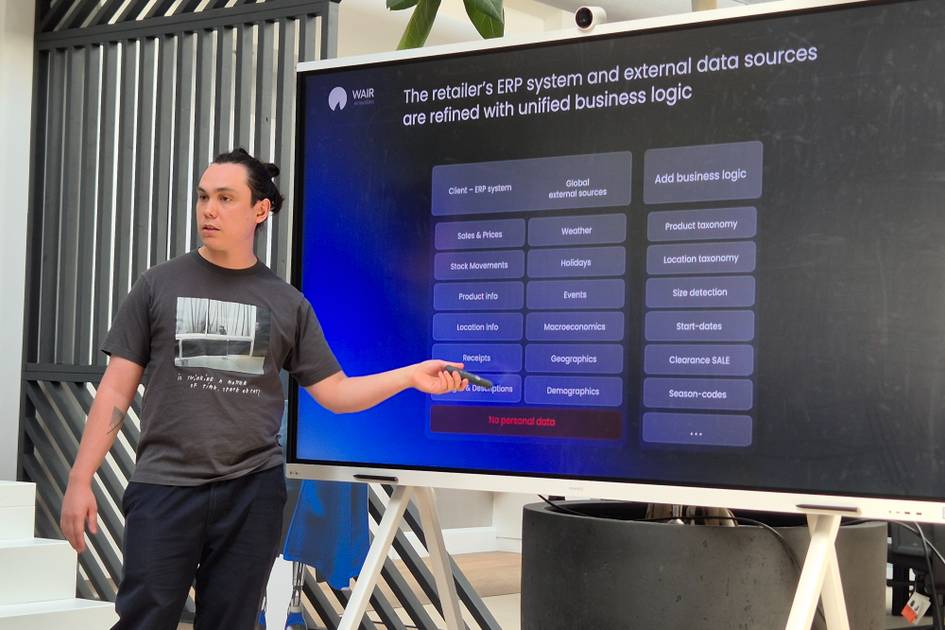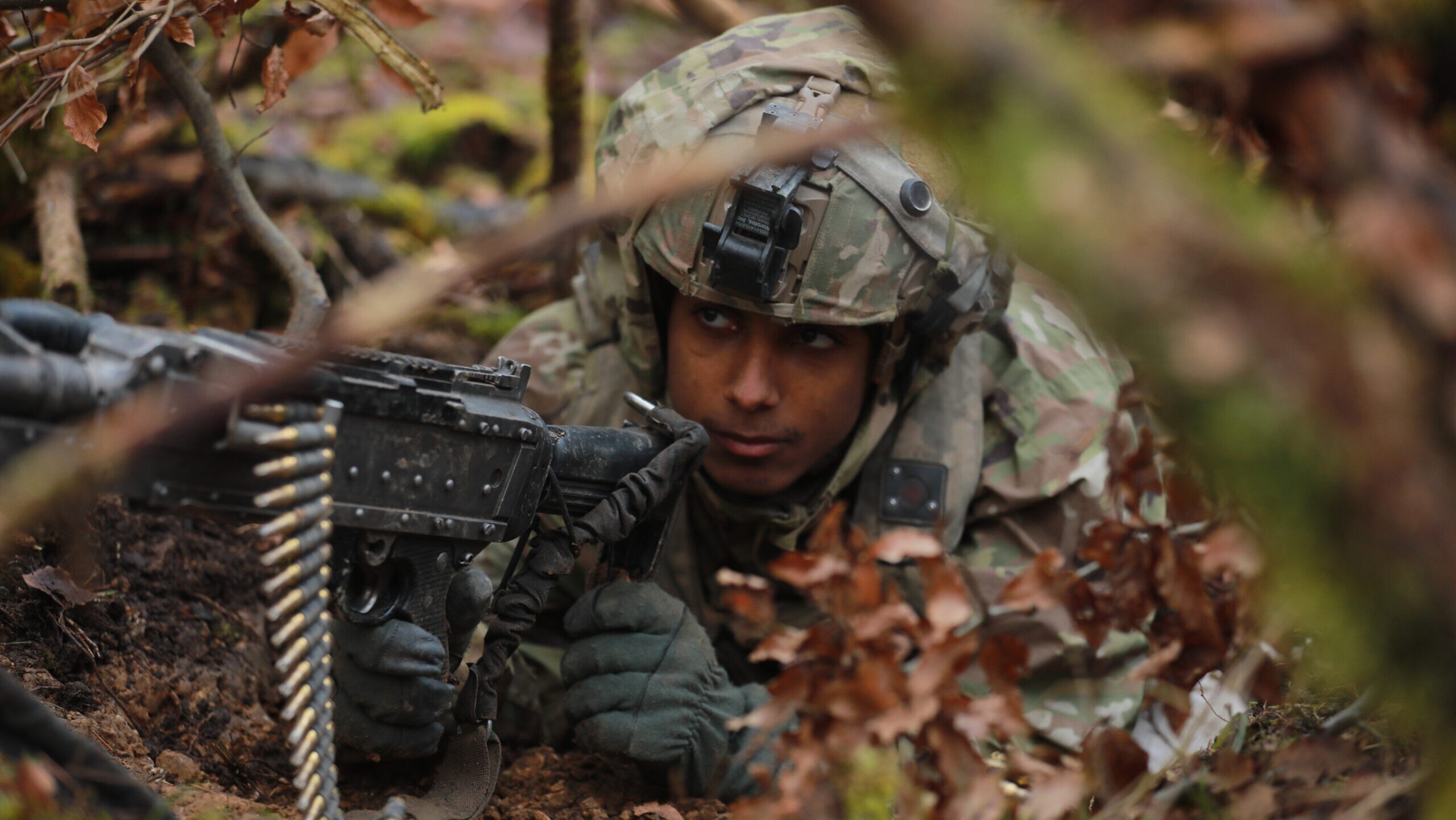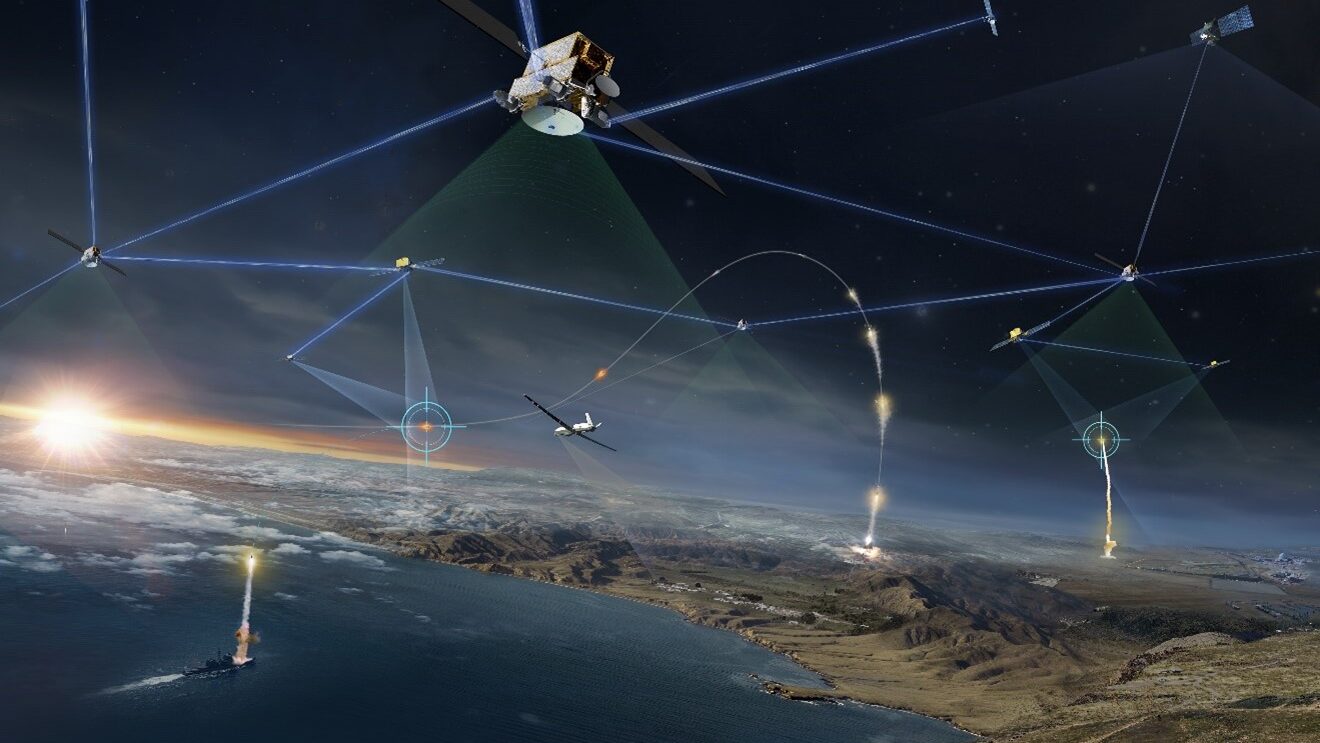From bureaucracy to battle: Increase direct funding to combatant commanders
Chip Walter argues in this op-ed that more funding should be given directly to the combatant commands via the Defense Innovation Unit Fielding line.
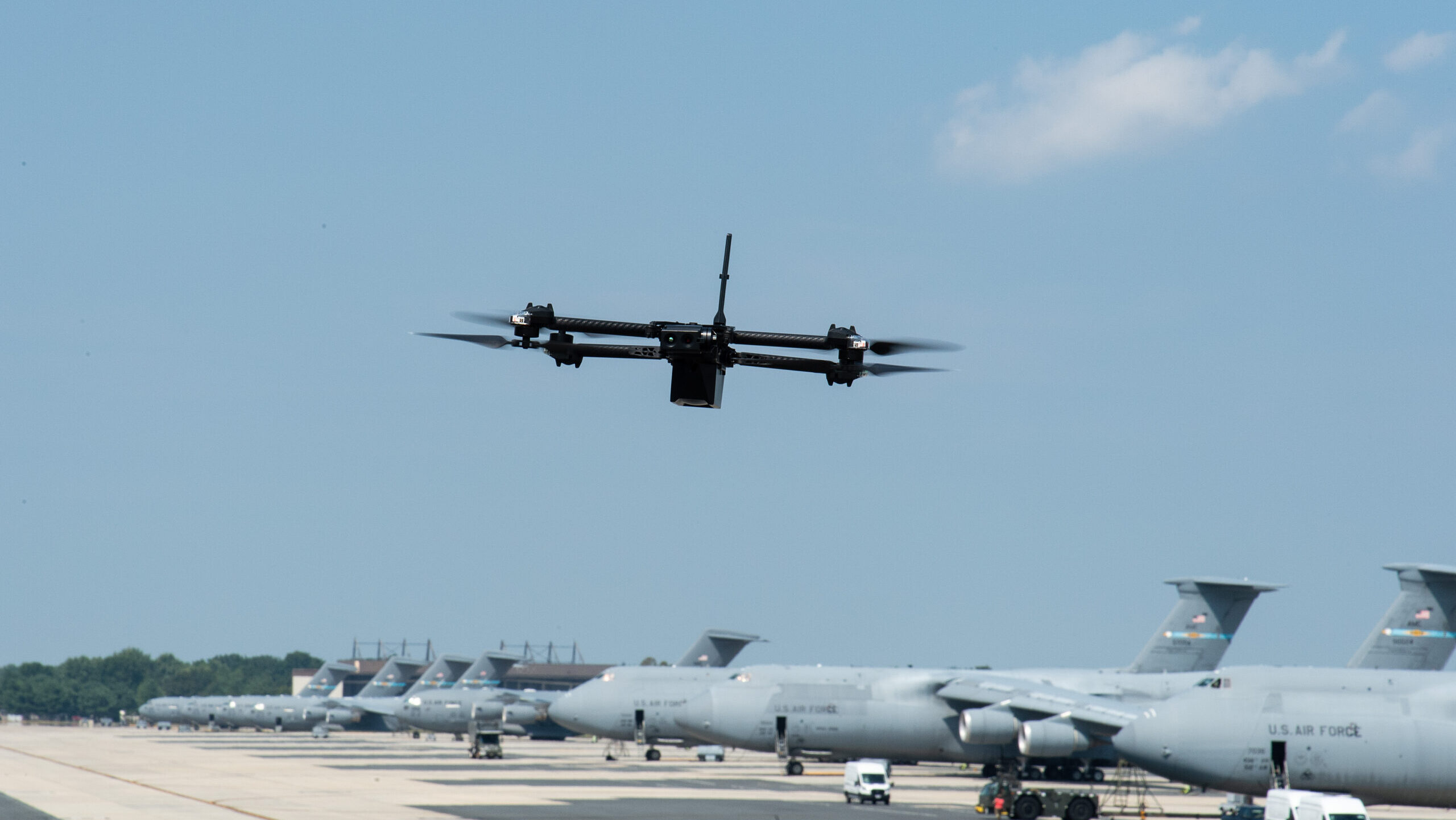

A Skydio X2D Small Unmanned Aerial System drone is flown down the flight line at Dover Air Force Base, Delaware, Sept. 8, 2023. (U.S. Air Force photo by Roland Balik)
The new administration has embarked on an aggressive plan to reduce overall spending, pursue government efficiencies, and prioritize innovation — a long-overdue and formidable focus. While it may be appealing and appropriate to aim for big-ticket program cancellations or giant policy shifts, there are immediate smaller changes that can be made that would increase warfighter capabilities at the edge.
As an example, one reform the administration should seriously consider doubling down on is increasing funding for development testing (DT), evaluation, and initial procurement through the Defense Innovation Unit (DIU) Fielding line.
The DIU Fielding line was created in fiscal year 2024 and continued in 2025, allocating $220 million in each year for “Support to Combatant Commands.” House Appropriations Committee Chairman Ken Calvert has it right: The real value of these funds lies in the accompanying General Provision, which provides the most flexible form of funding in the entire Department of Defense (Public Law 18-47, Sec. 8141). This flexibility and authority are aimed directly at the slow transition of innovative technology.
However, change is never easy, and new initiatives rarely get it exactly right. Two key questions remain: (1) Is the legislation sufficient? and (2) Are the services fully embracing it?
Combatant Commanders are the ultimate end users, with contextual insight into regional threats and the timelines required to align strategy with operational outcomes. They shouldn’t be constrained by the archaic Planning, Programming, Budgeting, and Execution (PPBE) system or the rigid five-year defense plan. These structures are ill-suited for the rapid testing and follow-on procurement of low-cost, scalable technologies essential to today’s fight.
Increasing support to COCOMs through the DIU Fielding line provides the speed and flexibility necessary to test and evaluate capabilities they’ve identified as mission-critical. For example, through the Replicator initiative, I have heard that Indo-Pacific Command (INDOPACOM) received several small unmanned aerial vehicle options — but lacks the funding to properly evaluate them. Testing is necessary to compare platforms, refine the list, and inform procurement decisions. It also provides time to drive acceptance and helps the services focus their efforts and potentially move toward a formal program of record.
Recent conflicts in Ukraine and the Middle East reveal how fast warfare is evolving — exposing where legacy programs may no longer apply. Incoming defense nominees have signaled interest in scalable, affordable, and attritable autonomous platforms. In modern conflict, agility, scale, and mass now outweigh traditional high-cost complexity as drivers of combat power and deterrence.
Building on this authority would accelerate innovation delivery to warfighters and give the services time to assess new technologies as they apply to the broader force structure. Congress created the DIU Fielding line in FY24 to see whether flexible funds would reduce barriers to progression and deliver capability faster to the warfighter. The department, with the support of Congress, should take full advantage of this first-of-its-kind opportunity. If responsibly executed, I am confident the reporting data will support significantly higher levels of investment in the DIU Fielding line — particularly “Support to Combatant Commands.”
As the DoD pivots to Asia and the 2027 timeline approaches, INDOPACOM — the command responsible for deterring or defeating China — cannot afford delays caused by Washington bureaucracy. To adopt advanced technology rapidly, INDOPACOM needs funding to test, refine, and deploy solutions at speed. Its strong partnership with the DIU is a positive step, helping to identify and accelerate viable solutions. But without sufficient innovation funding, INDOPACOM cannot evaluate technologies quickly enough. Reliance on service-based funding tied to an archaic acquisition process limits agility, reduces warfighter control, and delays the delivery of critical capabilities.
Two other successful models offer additional inspiration for the acceleration of technology to the warfighter. Each model provides an opportunity to test and evaluate the technology while it is being developed for the end user. First, Special Operations Command (SOCOM) — a functional COCOM with Title 10 train-and-equip authority and its own operational funding — routinely differentiates between capabilities needed immediately for special operations and those better suited for service-led programs. This tiered approach enables highly agile assessment, testing, and procurement of SOCOM-specific technologies, leading to improved operational capability.
Second, In-Q-Tel (IQT) demonstrates the value of stakeholder alignment. Its 25 years of success stem from clearly understanding technology gaps and building strong networks among innovators, funders, and end users. This alignment — achieved through ongoing meetings, testing, and evaluation — drives speed and consistency across reviews, demonstrations, and pilot programs, easing transitions to deployment.
Adopting new practices is never easy, nor is a new authority a final solution. Empowering Combatant Commanders through avenues such as the DIU Fielding line is a tremendous first step, and DoD leadership should not pass on the opportunity Congress has afforded. Future service support will strengthen the DoD’s innovation ecosystem, reduce taxpayer waste, increase efficiency, and enhance warfighter effectiveness.
Capt. Chip Walter USN (ret.) served 28 years in the USN as a P-3 pilot, eight years in CIA, the last five years leading a Science and Technology innovation center. Prior to joining Marlinspike Partners, he led Northrop Grumman’s Venture and Partnership Office as senior director.












